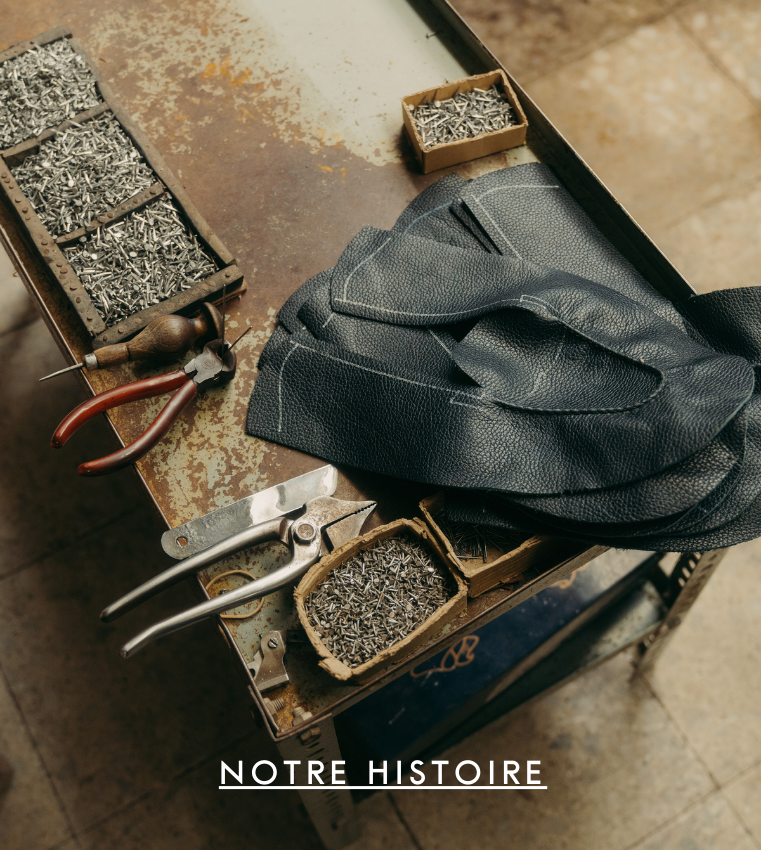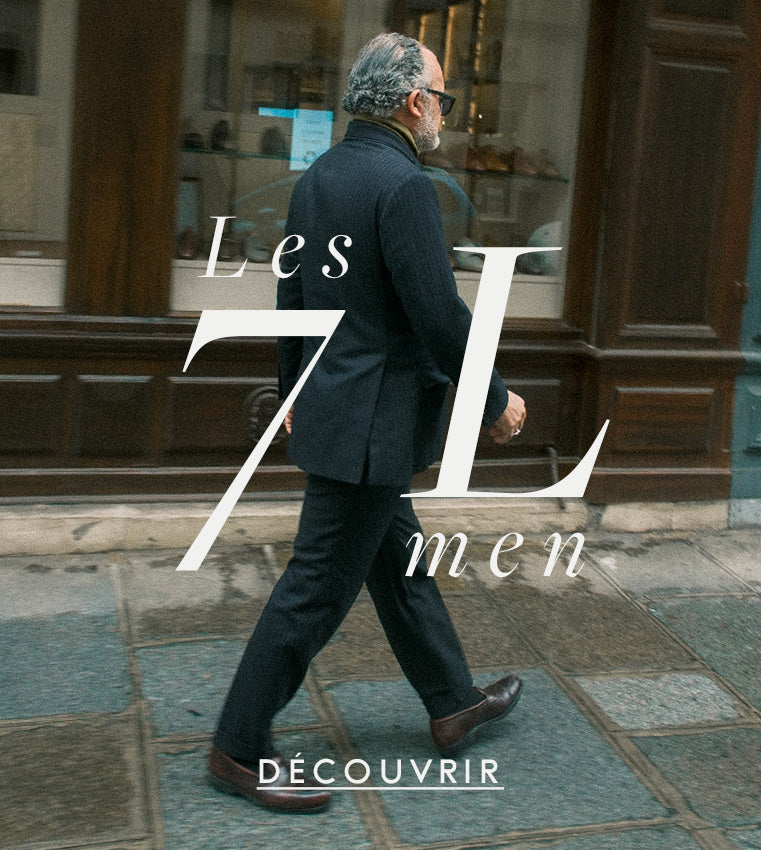You might already have heard the terms rubber sole and metal toe taps without truly understanding the utility behind it nor why and when to have them put on. We will try to answer all your questions in this article.

1. What are rubber soles and metal toe taps?
Rubber soles
The rubber sole is a thin plate of rubber or plastic whose goal is to protect the front part of a leather sole.

There are mainly two types of rubber soles. The main supplier is Topy (French company founded in 1965) which offers two ranges:
- Élysée : in hard plastic with the Topy logo
- Top Gum : made of natural rubber and therefore more flexible. We also speak of a “crepe” in french because it has a finish reminiscent of crepe soles.

The “crepe” skate will be preferable because it is more flexible and therefore more pleasant, so you will feel it less when walking.
The rubber sole is recommended because of its flexibility and also because it enables better breathing of the sole. Moreover, we tend to feel it less during the walk and it is overall more aesthetic (the plastic ones have a big Topy logo on the whole sole).
You need to consider the thickness that differs depending on the sole you choose. The more the thickness is important, the more durable the sole will be, but the more the shoe will be stiff. Élysee starts at 1mm and Top Gum at 1,8mm. We specify that the installation of the rubber requires sanding of the sole (during the shoemaking operation called "carding"), this will therefore add little or no additional thickness to it.

Metal toe caps
Metal toe taps are bringing a additional protection on the front of the sole. This zone being particularly solicited during the walk, it will prevent the wear of the sole.
There are also two types of products regarding metal toe taps:
- The metal toe taps referred to as as “bean toe taps” ( which you can see in the photo opposite ): which are fixated above the rubber sole, adding extra thickness;
- The built-in toe taps which are fitted into the rubber role, adding no extra thickness (recommended)
Also, there are two ways to put metal toe taps
- Nailed installation
- Screwed installation (what we recommend)
As for the material, brass is preferred because it is a material that does not rust.

2. Why should I have them put on my shoes?
Rubber soles and toe taps are usually put on at the same time. There are two schools of thought in the shoe enthusiasts circle: the ones that have rubber soles and toe taps put on and the others that don’t.
For the ones that do not, they think that the shoe would be too stiff and that the rubber sole would prevent the leather sole from breathing out and would then make it crackle. This is not entirely untrue.
However, letting your leather soles with no protection will make you need to have your shoes completely re-stitched when the soles will be weared out. This is not the same cost as changing rubber soles: starting at 120€ for a complete re-stitch. Indeed, the cobbler will need to entirely re-stitch your shoes which is a way more tedious process. In comparison, changing rubber soles costs around 40€.
Rubber soles protect the shoes from moisture and prevent the wearer from slipping. Also, they contribute to increasing the longevity of the leather soles.
If the soles do not feature a “closed channel stitching”, it will also protect the seam (=open channel).

Focus on the closed channel stitching
Closed channel stitching is a construction method of the sole which consists of cutting into the sole to create a little flap of leather that will be lifted up. Once lifted up, the craftsman cuts the channel and stitches the sole to the welt. Then, he closes the flap back down to hide the stitching. It is a really qualitative process that provides more aesthetic soles.



Careful ! During the first wears, the flap of leather covering the stitching can start to erode.
Nothing alarming! The aim being to protect the sewing thread from abrasion from the ground, it has already been filled. Putting a rubber sole will protect the stitching.
However, you can continue to wear your shoes without any protective soles. In this case, we advise you to feed them regularly with sole oil .

3. When should I have them put on?
We recommend to put rubber soles and toe taps 4 or 5 wears. Indeed,to prevent an abnormal distortion of the shoe, you will need the shoe to break in: the rubber soles do not move but the leather does.
Careful ! Do not ruin your soles, they still need to be in good condition (unlike the photo below where as you can see, the cork part has already been reached and therefore there is not enough left of material for installing the rubber sole).


4. Where can I have them put on?
To put on rubber soles and toe taps, we recommend that you go to your trusted cobbler. He will know how to proceed.
Some brands offer to do this for you, this is the case with Septième Largeur where we offer a shoemaker service to our customers on their 7L and we even give you the pleasure of pampering them :)



